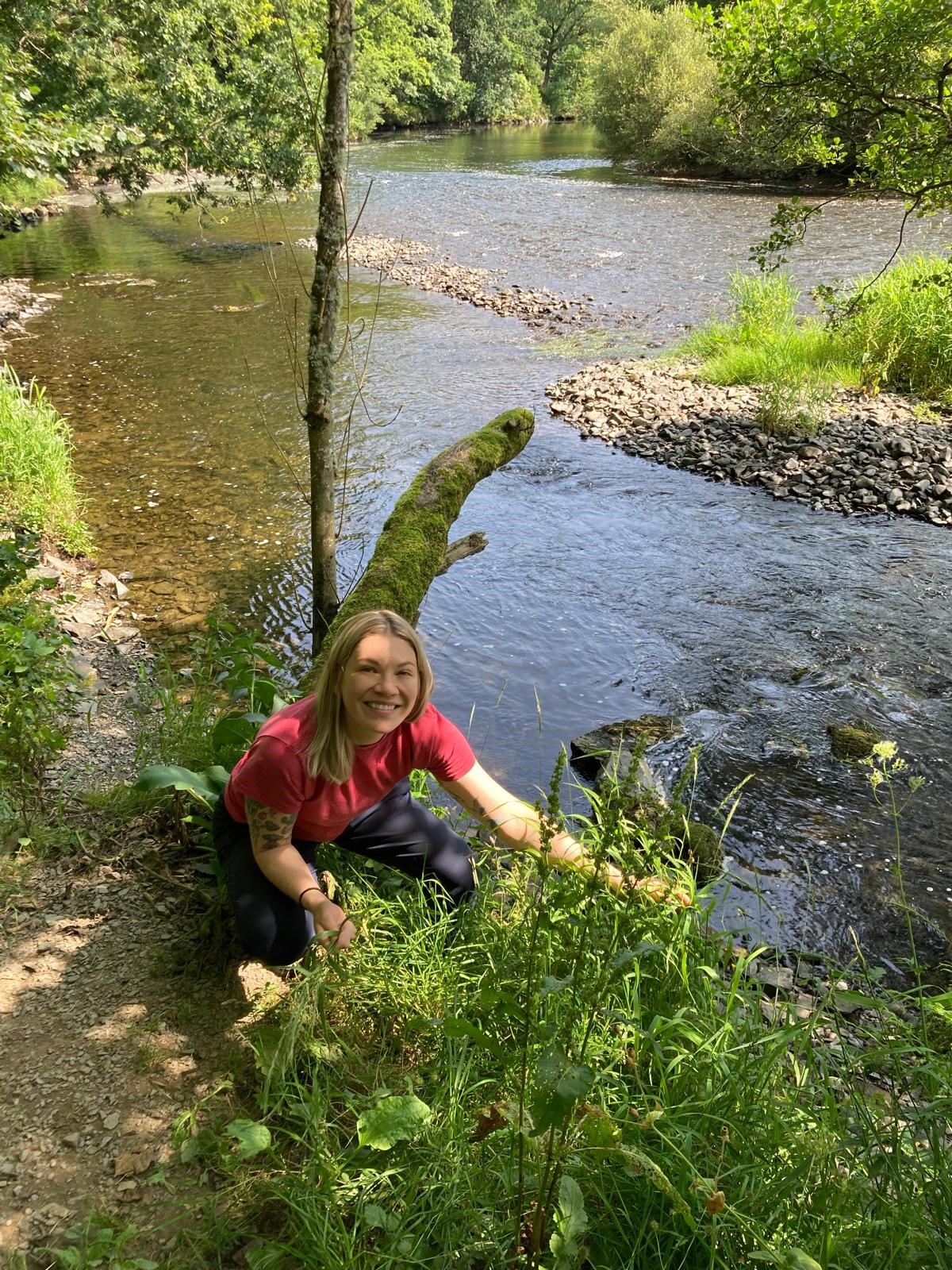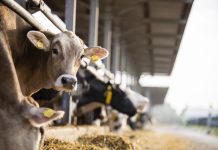The hidden fungus, Epichloë, found inside grass could soon become a key ally for UK farmers. But how?
This endophytic fungus, known as Epichloë, lives inside plant tissues and has recently shown the potential to help crops thrive under challenging conditions, reducing the need for chemical treatments.
Epichloë: A natural crop protector
Epichloë forms a symbiotic relationship with its host plant. Once the fungus is inside the grass, it acts as a natural defence system.
It improves the plant’s ability to resist pests, tolerate drought and fight off diseases. This could mean less reliance on chemical pesticides and fertilisers, lowering costs for farmers while reducing environmental impact.
The fungus has proven useful in countries like New Zealand and the United States. There, specifically selected strains of Epichloë are used in pasture grasses, where they help reduce insect damage by producing natural pest-repelling compounds. Modern strains have been developed to be non-toxic to livestock and safe for widespread agricultural use.
Significantly, modern strains have been developed to be non-toxic to livestock and safe for widespread agricultural use.
Adoption within the UK
Despite its natural occurrence in wild grasses across Britain, Epichloë has yet to be introduced intentionally into UK pastures or cereal crops. One reason for this is that UK farms have yet to face the same scale of pest pressure seen in other places; however, this could change.
As climate change leads to more unexpected weather and rising concerns over the environmental impact of pesticides, UK farmers are now searching for new, sustainable tools.
Integrated pest management systems, which combine different strategies to protect crops, are becoming more critical. Epichloë could become a key part of these systems.
Potential benefits for cereal crops
Epichloë doesn’t just hold potential for pastures; it could also have a big role in crops like wheat, barley and oats. These crops are vital to the UK’s agricultural economy, contributing around £4 billion annually. Improving their resilience with a natural, low-input solution could help secure future food supplies with supporting environmental goals.

The importance of careful management
Although Epichloë has proven useful, introducing it into commercial farming must be done carefully.
Some strains of the fungus can produce harmful toxins if they are not properly managed, which could affect animals or beneficial insects. There are also concerns about how large-scale use might impact biodiversity and ecosystems.
To continue using Epichloë safely, many testing and regulations will be necessary. Other countries have provided practical examples. For example, New Zealand has established a system to evaluate and approve the Epichloë strains for agricultural use, making sure it is safe and effective varieties reach farmers.
With UK agriculture facing increased pressure from climate change, lightening pesticide regulations, and the need to improve soil health, natural solutions like Epichloë could offer a much-needed boost.
While it won’t replace all chemical treatments instantly, it could become a key part of more resilient, sustainable farming practices.
If appropriately adopted, this hidden fungus could help shape the future of UK farming, supporting healthy crops, reducing environmental impact and helping farmers adapt to change.











